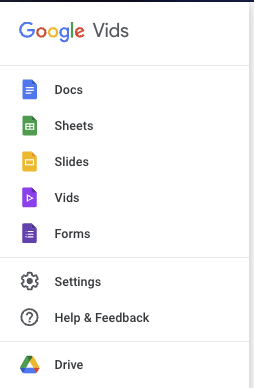Canceling Nov 18 Call
I have not had Internet since 2am so there will be no call today. Please post here if you have any questions that need answered. Thank you for your understanding! -Keith
0
0
🚨 GPT-5 Has Arrived!
OpenAI just dropped GPT-5, an while its great, there are a few things to note. It’s not “one big brain” anymore. It’s more like a team of AIs that can swap in and out depending on the job. That means it can give you the right balance of speed, cost, and deep thinking when you need it. 💡 How It Works Instead of one model doing everything, GPT-5 is a system made up of: - Reasoning models for harder, multi-step thinking. - Non-reasoning models for quick, snappy answers. - A smart router that decides which one to use on the fly. You can pick your flavor:(This should be coming soon, right now I see GPT-5 and GPT-5 Think) - GPT-5 (full power) - GPT-5 Mini (cheaper but still sharp) - GPT-5 Nano (super fast, super cheap) 📈 What It’s Really Good At - Coding & Automation: Great for fixing bugs, building tools, and untangling complex problems. - Multi-Step Workflows: Can plan, take actions, track progress, and keep context from start to finish. - Frontend Development: Produces better-looking and more functional web apps than before. (im thinking we might be able to build custom SEO data dashboards... just give me a few days to figure that out ) - Handling Big Jobs: Can process massive inputs (great for full-site audits or huge content docs). - Better Accuracy: Around 80% fewer factual mistakes than older models. - Health & Sensitive Topics: Much stronger at handling health-related content accurately and responsibly, which is huge if you work in industries where trust and compliance matter. 🗝 Prompting Tips - Control answer length: Tell it “short,” “medium,” or “long” using the new verbosity setting. - Control thinking time: Use reasoning_effort for quick answers or deep analysis. - Live updates: It can tell you what it’s doing as it works. - Cleaner tool inputs: Plays nicer with other tools now, making integrations smoother. 💭 Why This Matters For Agencies & Small Biz Owners - Run more reliable automations for audits, keyword research, and bulk content. - Build mini-tools or client-facing apps faster with better code and visuals. - Work with huge datasets without losing context or accuracy. - For niches like health, finance, or compliance, you can draft content with much higher accuracy and fewer risks.
1
0
Call moved today 8/5
Moving today’s training call to Thursday’s timeslot We will be learning the new Google Vids platform for ai videos.
1
0
Google Vids Launched!
Google just launched Google Vids (you should see it in you GDrive). I was able to access it in my Google Workspace account without activating, but you may need to activate access to your members. I am currently testing it, but wanted to announce to you guys so you can start using it! It uses Veo3, which is the best ai video platform in my experience, for now at least.

AI Bots, Ethics, & Data Security Best Practices
How to Stay Safe When You Talk to AI ChatbotsA plain-language guide for everyday adults 1. Meet the Bots - ChatGPT from OpenAI chats about almost any topic and can help write or code. - Claude by Anthropic focuses on safe, careful answers and follows strict rules. - Gemini by Google blends search results, video, and images into one smart helper. - Microsoft Copilot sits inside Word, Outlook, and other Microsoft apps to speed up your daily work. These bots are powerful, but they still rely on the information you share. That means good habits keep your data— and you— safe. 2. Why Privacy Matters When you chat with a bot, your words travel over the internet. If that data leaks, strangers might see personal details like your address, health info, or business secrets. Each company works hard to protect you, but your own choices are the first line of defense. 3. Seven Simple Safety Rules 1. Lock your data.Look for sites that say “https” and use tools called TLS/SSL to scramble messages in transit. At rest, good services use strong locks such as AES-256 encryption. 2. Share only what’s needed.Ask yourself, “Do I really need to give this detail?” Skip Social Security numbers, medical info, or private client data unless it is required. 3. Hide any personal bits.If you must share data, blur it first. Techniques like masking or swapping names with codes keep real identities secret, even if someone breaks in. 4. Use strong sign-in steps.Enable multi-factor authentication (MFA)—a second check like a text code or app prompt. Pair it with role-based access so only the right people see the right info. 5. Watch and test regularly.Businesses should run security scans and keep an incident plan ready. Even at home, review your account settings now and then. 6. Check third-party tools.Before connecting a new plugin or cloud app, read its privacy policy and be sure it follows laws like GDPR or CCPA. 7. Build safe software from day one.Developers should fold security checks into coding, use “zero-trust” rules, and explore privacy tech such as differential privacy or federated learning.
0
0
1-30 of 64

skool.com/ai-gatecrashers
Simplifying AI for Business Owners, providing practical guidance to transform your business with ease.
Powered by

